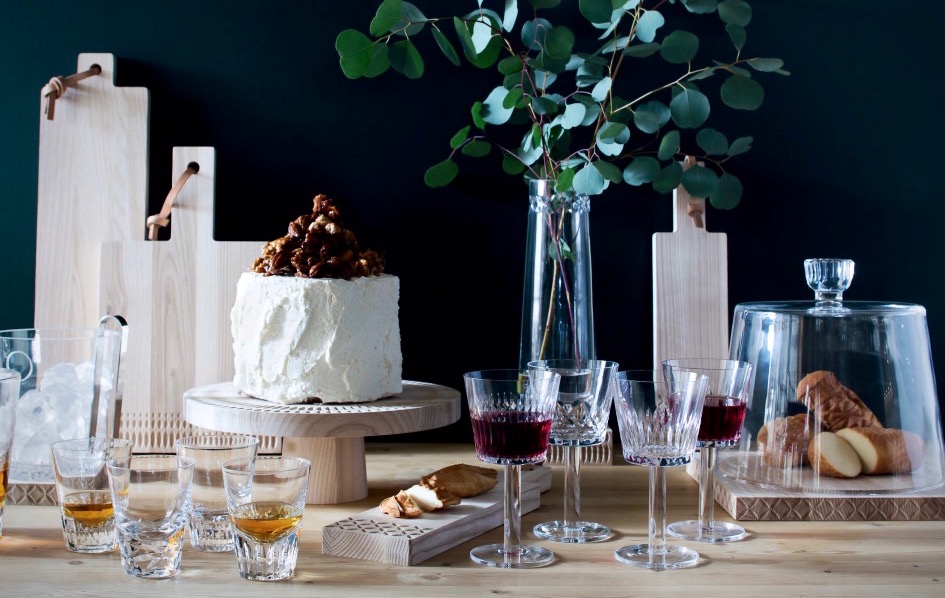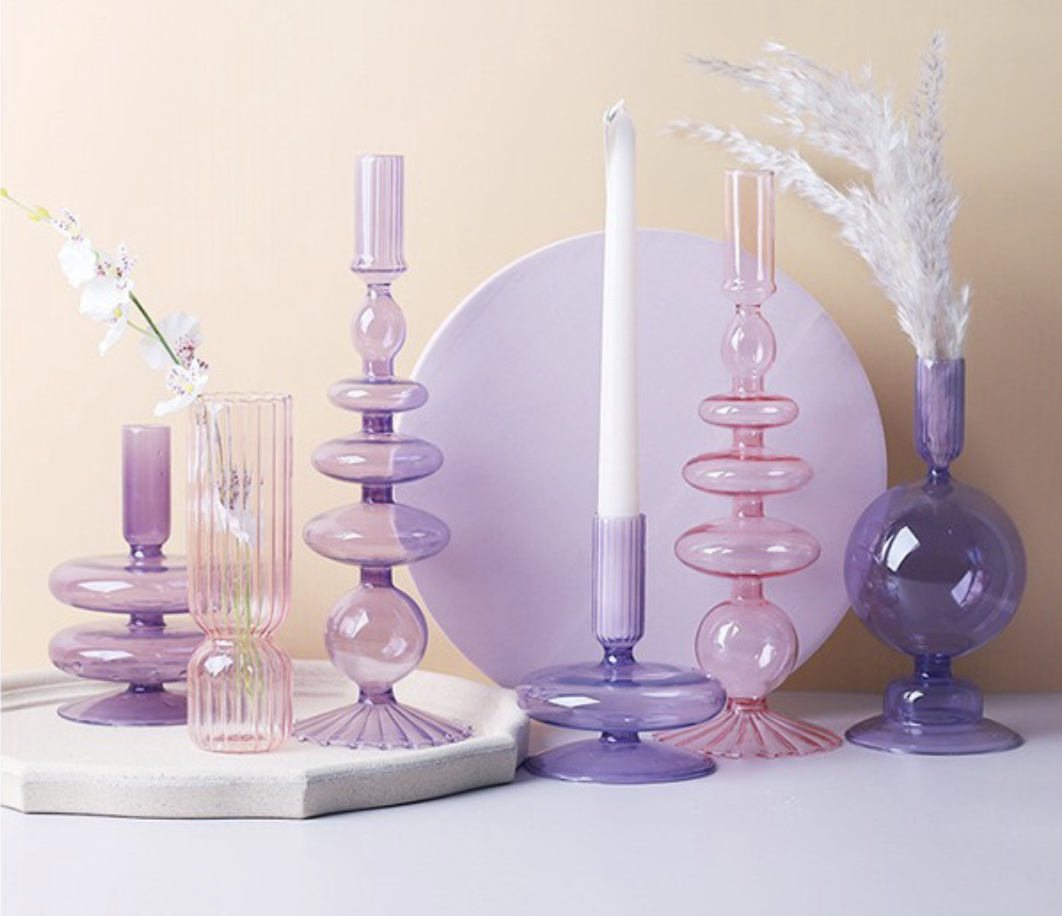
the differences between crystal glass
and high borosilicate glassware
1. Material Composition:
Crystal Glass (Lead Glass): Crystal glass is a high-quality glass typically composed of silica sand, calcium carbonate, and lead oxide. These elements give crystal glass its exceptional transparency and refractive properties, making it highly clear and brilliant.
High Borosilicate Glass: High borosilicate glass is made from materials such as boron oxide, silica, and sodium or aluminum oxides. It typically does not contain lead, making it an eco-friendly option.
2. Transparency and Refractive Index:
Crystal Glass: Due to its lead content, crystal glass boasts very high transparency and refractive index, creating beautiful refractive effects, such as colorful sparkle.
High Borosilicate Glass: High borosilicate glass also has high transparency and a high refractive index but generally does not produce as strong refractive effects as crystal glass.
3. Density:
Crystal Glass: Crystal glass has a relatively high density due to its heavy lead content.
High Borosilicate Glass: High borosilicate glass typically has a lower density, making it relatively lighter.
4. Durability:
Crystal Glass: Crystal glass is relatively fragile and can break easily upon impact.
High Borosilicate Glass: High borosilicate glass is typically more durable and has better impact resistance, making it less prone to breakage.
5. Uses:
Crystal Glass: Crystal glass is often used for high-end glassware, such as crystal wine glasses, champagne flutes, and decorative items, to evoke a sense of luxury.
High Borosilicate Glass: High borosilicate glass is commonly used for general glassware, including glass cups, bowls, vases, etc., due to its durability.

In summary, crystal glass and high borosilicate glass differ significantly in terms of composition, characteristics, and usage.
Crystal glass is chosen for its high transparency and refraction and is commonly used for high-end decorative glassware, while high borosilicate glass is known for its durability and is widely used for everyday glassware.